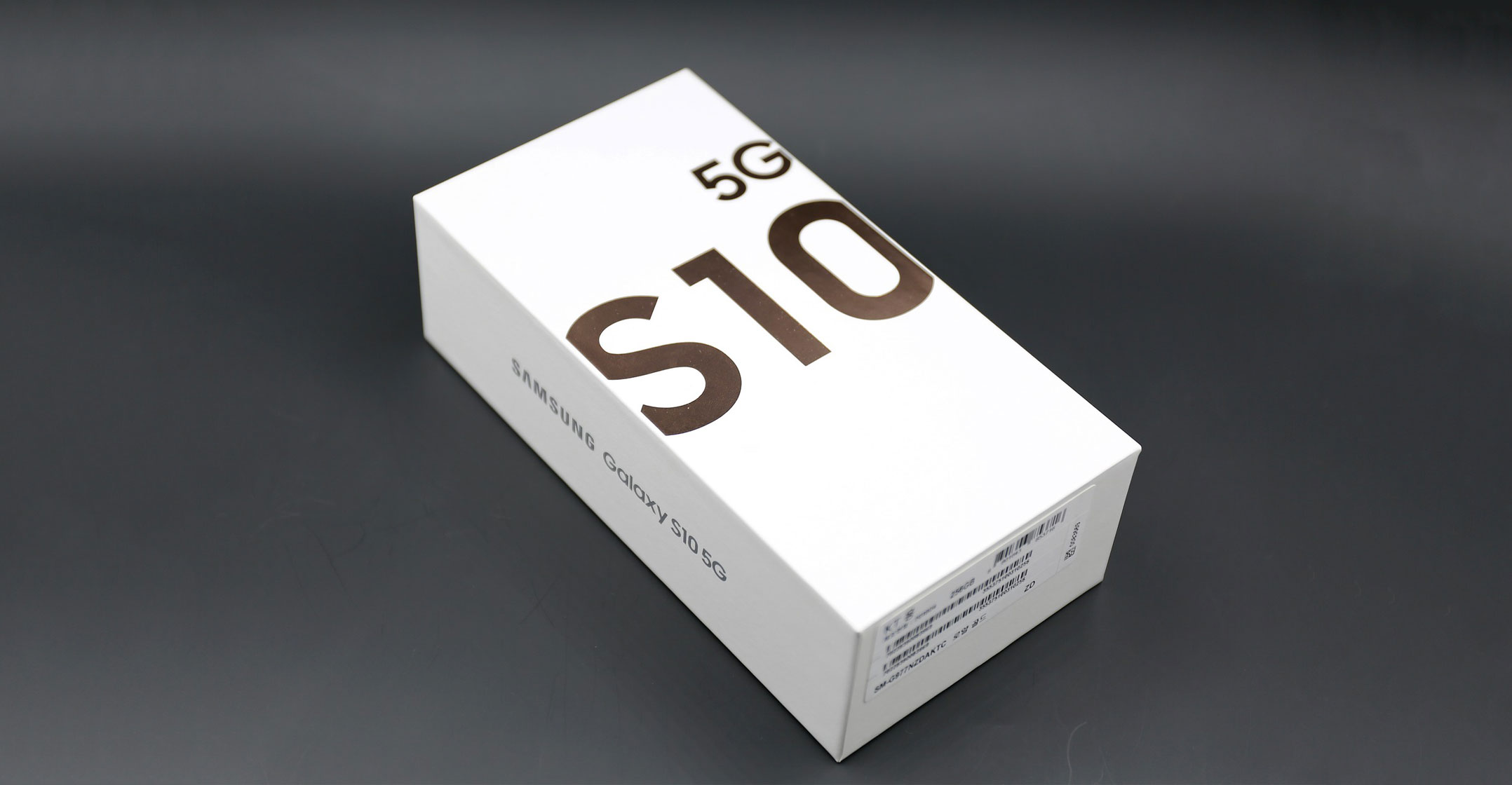 The latest, greatest wireless networks known as 5G promise to revolutionise industries from transportation to medicine. For mobile phone users, 5G is, for now, a way to show off, said analysts at Sanford C Bernstein.
The latest, greatest wireless networks known as 5G promise to revolutionise industries from transportation to medicine. For mobile phone users, 5G is, for now, a way to show off, said analysts at Sanford C Bernstein.
Handsets compatible with the super-fast service are more expensive, but don’t offer practical benefits over the latest 4G models that already download at speeds well above that required to stream high-definition video, wrote analysts Chris Lane and Samuel Chen in a Friday note to clients.
“We see no rational case for a consumer to upgrade to 5G,” wrote the analysts. “And yet they are.”
South Korean carrier SK Telecom reached one million 5G subscribers last month, 140 days after introducing the world’s first commercial service, representing about 3.5% of its user base. China will have about 170 million 5G smartphones available by next year, according to estimates by China Telecom, which targets 60 million 5G users for its network.
The latest 5G handsets do not “future-proof” users because the technology isn’t fully matured and will continue to evolve, while a new 4G handset will still be a leading-edge device in two years, Lane and Chen wrote. Specifically, first-edition 5G phones can’t access millimetre-wave bands that will be added in coming years to fulfil the technology’s high-speed, low-latency promise.
‘Good catch’
At the same time, car makers are looking to 5G’s speed for eventual use in guiding autonomous-driving vehicles, while surgeons are already performing remote procedures using the technology, which transmits data with virtually no lag time. Manufacturers intend to use 5G networks for automation, robotics and machine-learning systems.
“Having the latest 5G smartphone, and equally importantly, showing it off might be its single most important benefit,” the analysts wrote. “Especially if you are one of the first. For a single millennial in search of a partner, it might even provide validation of them as a potential good catch.” — Reported by Dave McCombs, with assistance from Gao Yuan and Ryan Lovdahl, (c) 2019 Bloomberg LP




